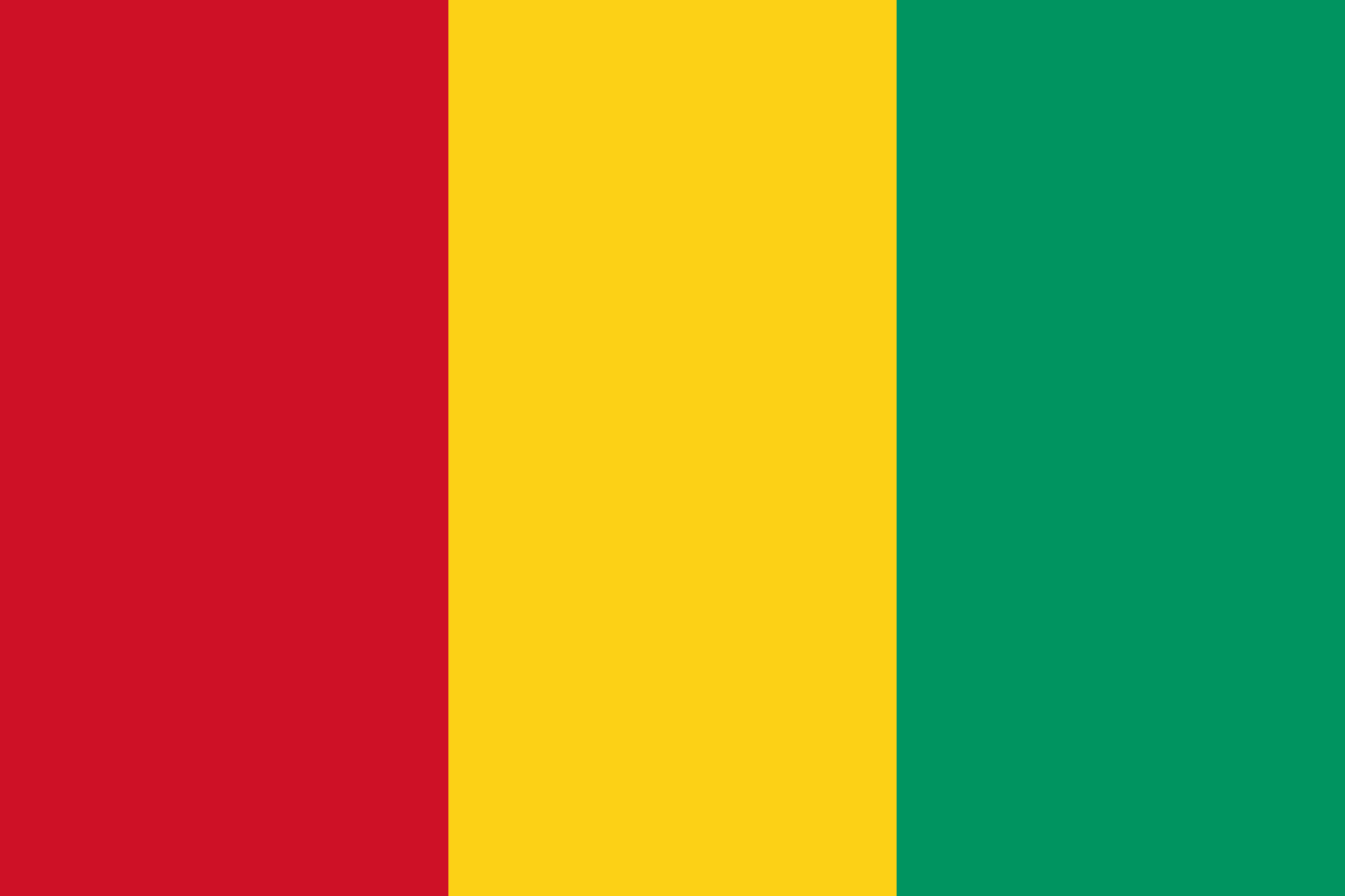


| Official name | Republic of Guinea |
|---|---|
| Political capital | Conakry |
| Local currency | Guinean franc (GNF) |
| Official languages | French, Maninka, Fula, Susu |
|---|
Growth in Guinea’s GDP shrank from 2.3% in 2013 to 0.6% in 2014 due to the consequences of the Ebola epidemic, delays in the implementation of structural reforms and electricity shortages. Assuming that the epidemic is brought under control in the first six months of 2015, growth should reach 0.9% in 2015 and 4.3% in 2016 thanks to increased public investment, increased mining and a better electricity supply. Inflation continued to move back, down to 8.6% in 2014 from 11.9% in 2013[1]. If the Ebola epidemic is checked soon, the situation should definitely stabilize in 2016, with a budget deficit, that is once again sustainable, international reserves amounting to more than three months of imports and a steady exchange rate.
Guinea, whose population is estimated at less than 11 million, comprises four agriculturally and ecologically distinct natural areas. Maritime Guinea and Forest Guinea have agricultural potential and most of the structuring mining projects. Guinea boasts bountiful natural resources, including the world’s largest known reserves of bauxite; sizable deposits of high-grade iron ore, diamonds, gold, and uranium; and potential offshore oil and gas reserves. It also has significant hydroelectric and commercial agricultural potential. The economy relies heavily on mineral exports and natural resource extraction, as a matter of fact, is estimated to account for over 30% of the GDP.
Maritime Guinea, (Conakry area) is the most developed, with a poverty rate of 27.4%, versus 55.2% nationally.
Fishing Sector. Guinea enjoys a productive marine environment induced by the Guinea Current upwelling system. More than 1.5 million people directly depend on fish for their livelihoods, with 60% of the protein intake of the Guinean population from fish.
The development potential for fish farming is estimated at over 900 hectares of shallow waters in the forested Guinean region, not to mention other prospects in the rest of the country which has a potential of over 300000 hectares[1].
Guinea has 3 active fishing and fish farming regions differing in origin, stage of development and seasonal dynamics
Traditional small-scale fishing remains widespread, but large scale commercial fishing is rising and now produces 150000 tonnes per year. Small-scale saltwater fishing contributes 92000 tonnes per year to the sector, with freshwater fishing accounting for nearly 40000 tonnes.